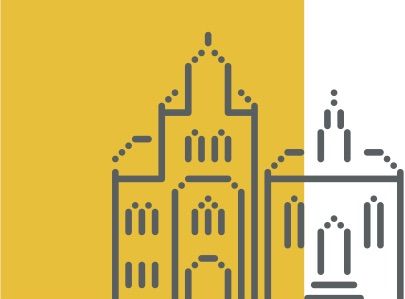Dagstuhl Seminar 25362
Optimization and Automated Reasoning for Designing Future Space Missions
( Aug 31 – Sep 03, 2025 )
Permalink
Organizers
- Max Bannach (ESA / ESTEC - Noordwijk, NL)
- Johannes Klaus Fichte (Linköping University, SE)
- Dario Izzo (ESA / ESTEC - Noordwijk, NL)
- Inês Lynce (INESC-ID - Lisboa, PT)
Contact
- Michael Gerke (for scientific matters)
- Simone Schilke (for administrative matters)
Early stages of designing complex space missions involve fundamental optimization and reasoning tasks such as selecting and scheduling the bodies that should be encountered, routing a spacecraft across multiple bodies optimally, or strategically placing facilities to support future missions. Many of these problems are still solved by hand, as current missions only contain a few celestial objects. However, with larger and increasingly complex missions, these problems become more relevant. Thus, there is an increasing need to solve space-related optimization, scheduling, and planning problems automatically. Unfortunately, the entry hurdle to these problems is high for someone without a background in celestial mechanics, and, in the contrary direction, modern tools and techniques from optimization and automated reasoning are only barely known to aerospace researchers.
This Dagstuhl Seminar connects researchers from very different fields, namely computer science and aerospace research, and very different institutions, namely academia, industry, and space agencies (ESA, NASA, JAXA). The primary aim is to establish a bridge between these groups, formulate problems and tools in a language accessible to the other community, and enable future joint work. This seminar constructs this bridge from two directions using three topics that emerge in preliminary mission design:
- multi-rendezvous spacecraft trajectory optimization,
- automated constellation design with inter-satellite links,
- future space logistics.
The first part of the bridge consists of developing formal definitions of these problems accessible to researchers without a background in celestial mechanics. These definitions allow computer scientists from many domains to apply their tools and expertise to these challenging problems during (and after) the seminar.
The second part of the bridge is constructed from the computer science shore: Three methods from optimization and automated reasoning naturally fit, in the same order, to the three aforementioned space problems:
- maximum satisfaction,
- model counting,
- constraint programming.
These techniques are little or not known to aerospace researchers – at least not the latest advances within these fields. The second aim of this seminar is to create awareness within the aerospace community for these methods and to enrich the toolbox available to preliminary mission architects with the latest tools and tricks.
 Max Bannach, Johannes Klaus Fichte, Dario Izzo, and Inês Lynce
Max Bannach, Johannes Klaus Fichte, Dario Izzo, and Inês Lynce
Classification
- Data Structures and Algorithms
- Discrete Mathematics
- Logic in Computer Science
Keywords
- automated reasoning
- constraint programming
- trajectory optimization
- constellation design
- space logistics

 Creative Commons BY 4.0
Creative Commons BY 4.0
